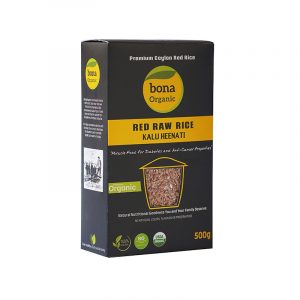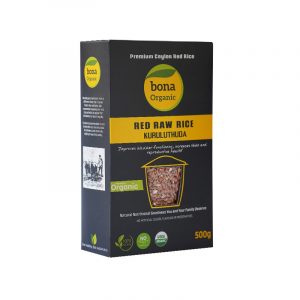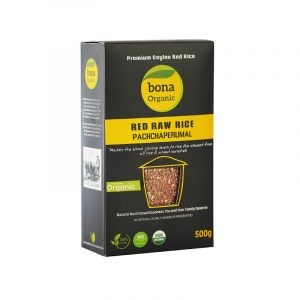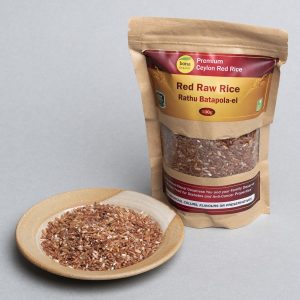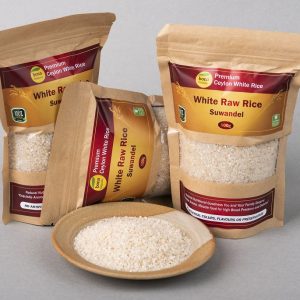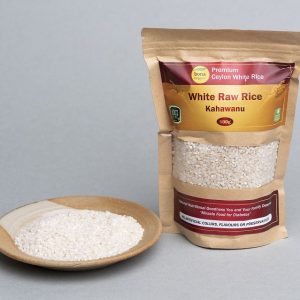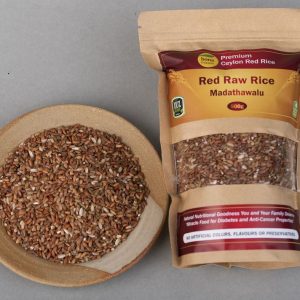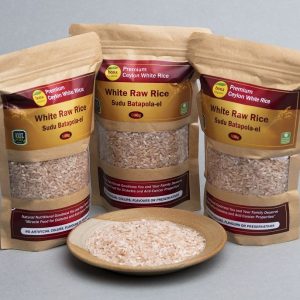Traditional Rice
According to documentary evidence, Sri Lankans have started cultivating rice as early as 800 B.C. Rice cultivation was not an economic activity, but a way of life for the people of Sri Lanka. Some rice varieties have been passed down for generations, and are called traditional, indigenous or heirloom rice.
By the 1980s, most of the traditional rice varieties were replaced with New Improved Varieties (NIV) of rice. This is because farmers can obtain a higher yield, compared to heirloom rice. These types are harvested using synthetic fertilizers and pesticides. However, heirloom rice is gradually making a comeback, due to increased global demand for Organic Food.
Heirloom rice varieties are healthier, grow taller and don’t need pesticides and weedicides and much fertilizer. When the traditional rice plants grow taller, the weeds get shorter and with no sunlight, they die. The modern/new varieties for are shorter and when grown, the weeds come up faster and the farmers must use the weedicides.
Showing all 8 results
